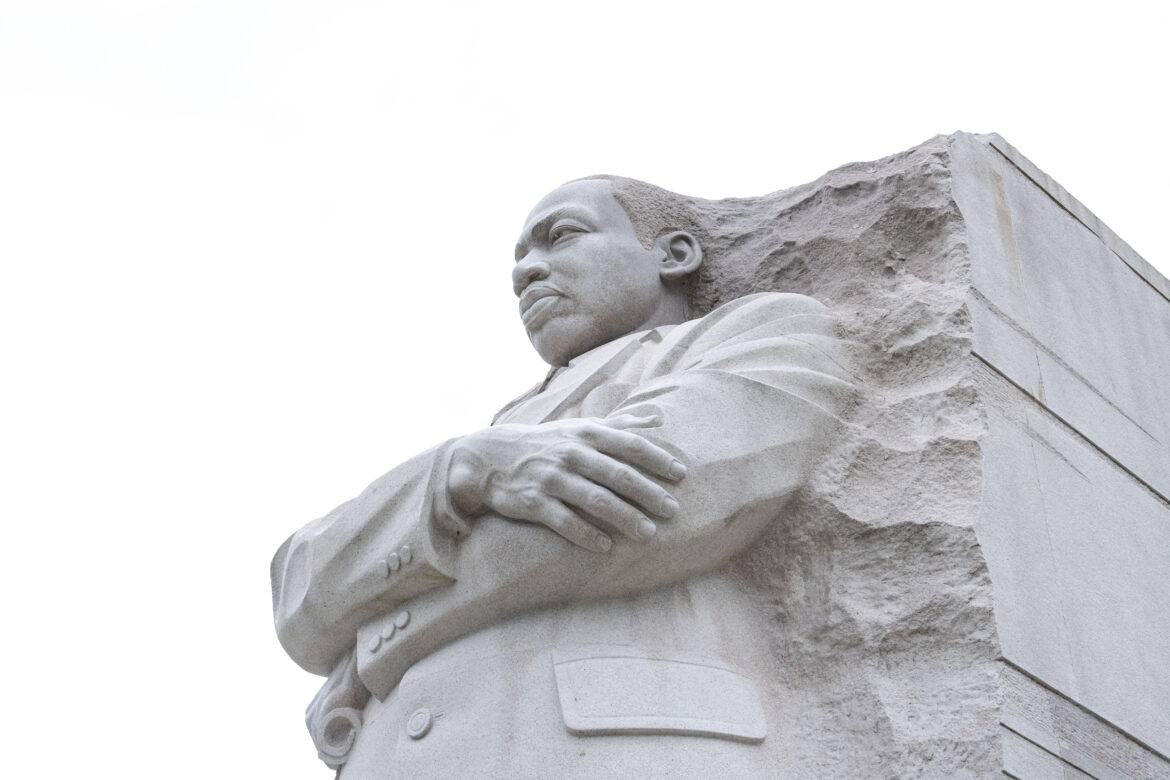A Year-Round Approach to Teaching Black History
Modernizing Black history education means committing to year-round integration across curricula—and professional development to support the process.

Black History Month serves as a time to reflect on the importance of teaching Black history in our schools. The traditional approach of highlighting a few key figures and events during February is no longer sufficient. It’s time for a paradigm shift in how we approach Black history education—one that integrates this rich narrative into year-round curriculum and empowers both students and educators.
As school leaders, our role in shaping this educational landscape is pivotal. We have the power to provide transformative professional development to our teachers, moving beyond the confines of Black History Month to integrate Black history into various subjects throughout the year. This approach helps students understand that Black history is American history, not a separate entity.
The Teaching Hard History K-5 Framework and Discuss Black History All Year Long, developed by Learning for Justice, provide a roadmap for educators to navigate the complex terrain of American history.
Broader Implications of Teaching Black History
Research shows that a comprehensive approach to Black history education benefits both students of color and white students in profound ways. For students of color, it provides representation, builds self-esteem, and offers a deeper understanding of their heritage. White students, on the other hand, cultivate empathy, challenge unconscious biases, and gain a more accurate understanding of American history.
Teaching Black history goes beyond imparting facts to cultivate empathy. By exposing students to the rich tapestry of Black experiences, achievements, and struggles, we enable them to develop a more nuanced understanding of our shared human experience. This understanding is crucial for both students of color and white students, as it helps break down barriers and fosters a more inclusive society.
Knowledge is power when it comes to combating systemic racism. By equipping students with a comprehensive understanding of Black history, we arm them with the tools to recognize and combat systemic racism. This education can lead to more informed citizens who are better prepared to advocate for equality and justice.
Learning about Black historical figures and their contributions can inspire all students, regardless of their background. It provides role models and demonstrates that leadership and innovation can come from diverse sources, encouraging students to dream big and pursue their ambitions.
The Role of Professional Development
School leaders play a pivotal role in ensuring that Black history is taught effectively and respectfully. Here are some strategies for providing professional development to teachers:
- Implement Comprehensive Training Programs: Organize workshops and seminars led by experts in Black history and culturally responsive teaching. These programs should cover not only historical content but also pedagogical approaches for discussing sensitive topics.
- Encourage Ongoing Learning: Create a culture of continuous education among staff. This could include book clubs focusing on Black literature and history or regular discussion groups where teachers can share experiences and best practices.
- Provide Resources: Invest in high-quality teaching materials, books, and digital resources that accurately represent Black history and culture. The Learning for Justice framework and resources from organizations like the National Museum of African American History and Culture can be invaluable.
- Foster Community Partnerships: Collaborate with local Black community leaders, historians, and organizations to bring authentic voices and experiences into the classroom.
- Model Open Dialogue: Lead by example in having open, honest conversations about race and history. Create safe spaces for teachers to ask questions and express concerns.
A Call to Action
Teaching Black history is not just about the past; it’s about shaping our future. As school leaders, you have the power to make a significant impact.
Consider these reflection questions as you move forward:
- How can you better integrate Black history into your school’s curriculum year-round?
- How do we balance the need to teach hard truths with age-appropriate content?
- What additional resources or training do your teachers need to feel confident teaching this subject?
- How can you involve your local community in supporting and enhancing Black history education?
- How do we address potential resistance or discomfort from some parents or community members?
To truly revolutionize Black history education, we need to go beyond traditional methods, like:
- Using VR technology to create immersive historical experiences, allowing students to “walk” through significant moments in Black history; and
- Encouraging students to conduct oral history projects, interviewing local Black community leaders and elders, and preserving and learning from firsthand accounts.
Remember, the journey to fully incorporating Black history into our educational system is ongoing. It requires commitment, courage, and continuous learning. But the rewards—a more informed, empathetic, and inclusive student body—are immeasurable.
As we commemorate Black History Month, let it serve as a springboard for year-long engagement with this crucial subject. As education leaders, you have the privilege and responsibility to shape the future. Embrace this challenge, and watch as your students grow into more informed, empathetic, and engaged citizens of the world.
Sharon Porter, Ed.D., is principal of Allenwood Elementary School in Temple Hills, Maryland, and a fellow of the NAESP Center for Diversity Leadership.
Xavier Reed is principal of Central Middle School in Wayzata, Minnesota, and a fellow of the NAESP Center for Diversity Leadership.




